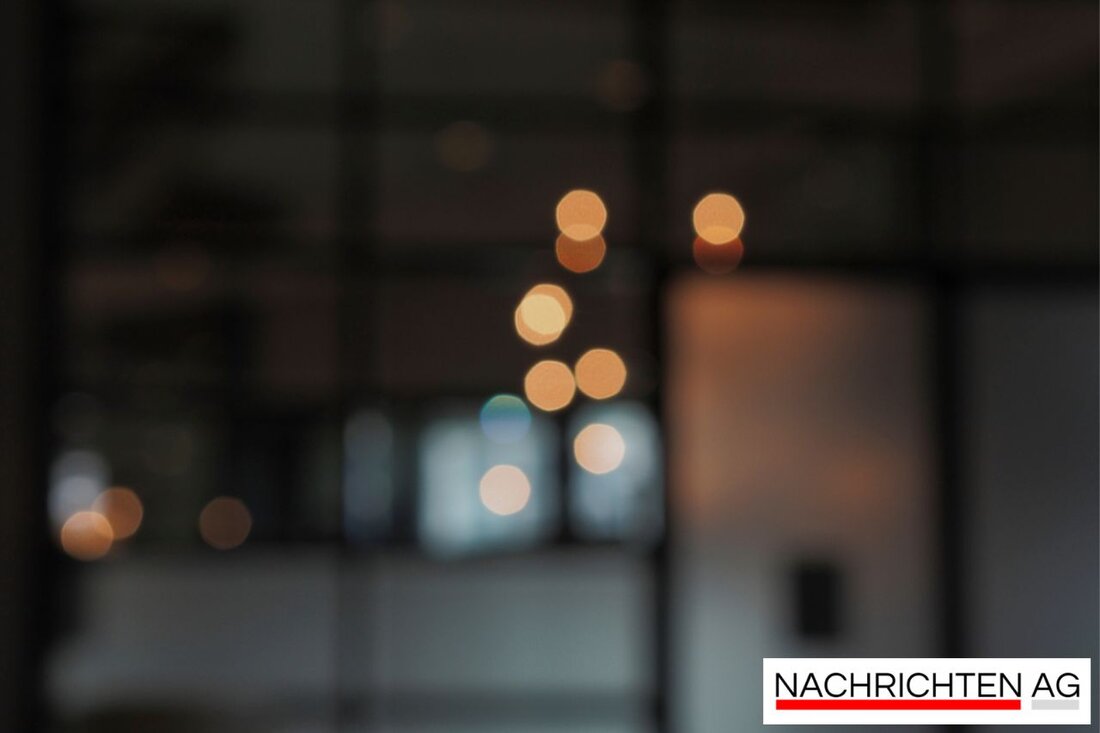Art from silence: A toilet block becomes an adventure space!
Opening of the exhibition “Holy Shit” by Alex Lebus on August 29, 2025 in Neukölln: Art meets sacrality and intimacy.

Art from silence: A toilet block becomes an adventure space!
On Friday, August 29, 2025, the exhibition “Holy Shit or the Quiet Place” by Alex Lebus will open in the Kunstbrücke am Wildenbruch. The event begins at 6 p.m. and opens its doors at the intersection of art and everyday life by transforming a former toilet block into an artistic course. A dialogue between the sacred and the profane, the physical and the spiritual is staged in the rooms, inviting visitors to think about intimacy, vulnerability and letting go. The materials used, including mirrors, wax, glass and wood, create an impressive backdrop.
The exhibition will include thematic rooms such as the “Mother Room” and the “Blood Room”. These spaces are dramaturgically designed to address the tension between defilement and cleansing as well as the hidden and revealed. Particular attention is paid to Christian iconography, especially the depictions of Mary Magdalene, which serves as a projection surface for gender, attribution and self-empowerment. With his work, Lebus intends to reorganize faith, the body and the public, supported by the Senate Department for Culture and Social Cohesion and the Municipal Galleries Exhibition Fund.
Accompanying events and opening times
Visitors are invited to continue the discussions about the exhibition's themes. On Sunday, October 19, 2025, the event “Still occupied... keeping watch in a quiet place” will take place from 12 p.m. to 6 p.m., with the artist herself overseeing the event. The finissage will take place on Friday, October 31, 2025, at 4 p.m. The exhibition is open to visitors from August 30th to October 31st, 2025, from Wednesday to Sunday between 12 p.m. and 6 p.m. Admission is free.
Mary Magdalene in art history
Mary Magdalene, a central figure in Christian iconography, has been depicted differently by many artists over the centuries. Their complexity is reflected in the complexity of art history. In the Middle Ages she was often depicted as a penitent, reflecting contemporary ideas of repentance and divine grace. In contrast, the Renaissance saw a revival in depiction, with artists such as Donatello and Titian depicting her as a complex figure with beauty and spiritual depth. These works demonstrate a growing interest in the individual personalities of biblical characters.
Baroque depictions of Mary Magdalene become more dramatic and emotional. Artists such as Caravaggio and Artemisia Gentileschi painted her in intense scenes that illuminate her spiritual transformation. In the 19th century and in the modern era, artists such as Alexandre Cabanel questioned the role of women in society and the biblical narrative. These works represent the human longing for forgiveness and spiritual truth, often shown in contemplative poses or anointing the feet of Jesus.
In the Gospels of the New Testament, Mary Magdalene is referred to as Mary Magdalene. She is one of the first witnesses of Jesus' resurrection and is often depicted with an ointment vessel, which represents remorse and transience. Her portrayal has evolved over the centuries, with her often appearing in emotional scenes - be it under the cross or at the grave. These diverse depictions demonstrate not only their role in the biblical narrative, but also the changing view of women throughout history.
With this exhibition, Alex Lebus builds a bridge between today's interpretation of such iconic figures and contemporary understandings of bodies, beliefs and public space. The connection of religious symbolism with existential questions opens up new perspectives on old topics.
For further information about the exhibition and the artistic depictions of Mary Magdalene, see the articles on Berlin.de, Gerdes Gallery and University of Konstanz be visited.

 Suche
Suche
